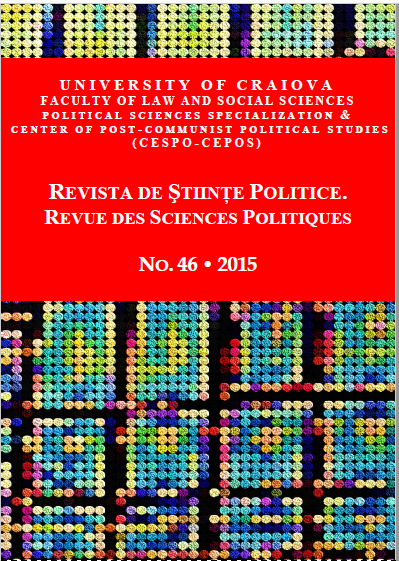Explaining the European Communist Bloc Formation and Implosion: Capitalizing Ideology and Societal Inputs
Explaining the European Communist Bloc Formation and Implosion: Capitalizing Ideology and Societal Inputs
Author(s): Marusia CirsteaSubject(s): Political history, Government/Political systems, History of Communism
Published by: Editura Universitaria Craiova
Keywords: the communist bloc; the Soviet Union; popular democracies; Stalin; Gorbachev;
Summary/Abstract: The article examines the main events that led to the formation of the communist block and then its implosion in 1989-1990. The political evolution of Eastern Europe – in the aftermath of the Second World War – reveals the existence of a complex plan framed by the Kremlin and based on gradualism and camouflage in the circumstance of the Red Army’s presence, a plan that targeted the incorporation of the occupied states into the Soviet economic, social and cultural system. Consequently, the continuation of these states (within the communist bloc) was obtained through political, military and economic pressures. After Stalin’s death (1953) a hesitant incipient liberalisation could be discerned within the communist bloc. This phenomenon of “de-Stalinisation” – visible during Khrushchev’s period – had an immediate effect in the other communist states in Europe. Thus, the phenomenon of “de-Stalinisation” freed the centrifugal forces which, in various East-European socialist countries, led to internal liberalisation and the weakening of their connections with the Soviet Union. In the late 80’s, Soviet leader M. Gorbachev also inaugurated a novel approach of interstate relations, among which there was the principle of “recognising the right of popular democracies to choosing their political regime” – which accelerated the fall of the Berlin wall and the communist regimes in Eastern and Central Europe in the autumn of 1989.
Journal: Revista de Științe Politice. Revue des Sciences Politiques
- Issue Year: 2015
- Issue No: 46
- Page Range: 15-27
- Page Count: 13
- Language: English

